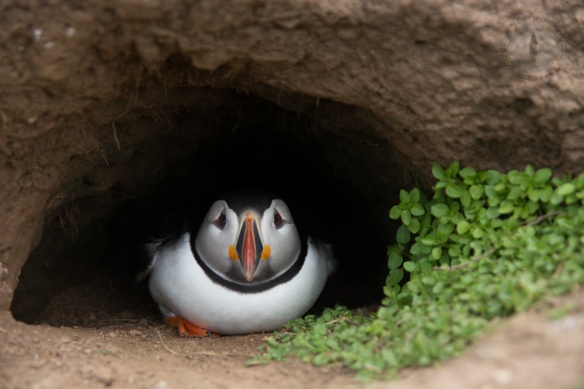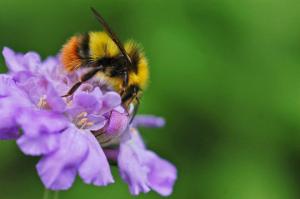
When I moved into my downstairs flat, the two flower beds at the front of the house and strip of land at the back were both covered in weed and full of gravel. There was a threadbare lawn and an overgrown hedge. That was about it, not overly inspiring.
So first thing was first, mowing the lawn. Let me just start with this, do not try to move an overgrown lawn with a strimmer, it will overheat, start smoking and send you running for the plug socket. A quick trip to home base and a mower was purchased. Lawn mown, check.
Enemy number one was weeds. Specifically bindweed. I have developed a deep resentment towards this plant in the past year, as it has been (and to some extent still is) the bane of my gardening life. The roots needs to be dug up and removed, but each root broken quickly regrows, and the plant is very prolific. Many gardener’s plump for a weedkiller to tackle bind weed, but this was not an option for me, I wanted my garden to be organic as many pesticides and herbicides are not species specific and kill totally indiscriminately. I have managed to eliminate it from the front garden, the back is still a work in progress.
Finally, it was time for the fun bit – plants. Planting must be one of every gardener’s favourite tasks, flowers, grasses, vegetables, herbs and fruit. Entering problem number two, slugs. They are everywhere and absolutely decimated my tomato seedlings, something had to be done. Pellets were not an option as the poisons migrate up the food chain when other animals such as hedgehogs and toads consume the slugs so I had to think. The other popular method of controlling slugs is using beer traps, so, traps were set on a damp night and I went to bed. In the morning, I checked my traps with anticipation and they were full to bursting! Mission accomplished. I have even managed to keep my hostas safe from the marauding molluscs. Hopefully, as I attract more predators to the garden, these will help keep the population under control.
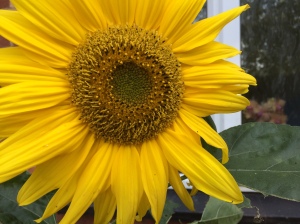
Providing habitat and resources for wildlife is my main target in my patch. I chose herbaceous perennials and shrubs which are nectar rich to attract pollinating insects. Firm favourites this year have been geraniums of which I have a number, they flower throughout the summer and require very little maintenance. Foxgloves, hebes, honeysuckle (excellent for moths) verbena, scabious and my lone sunflower (the others got eaten by the slugs, I definitely plant more next year) have also been popular. I installed an insect house which should hopefully be good habitat for insects such as solitary bees.
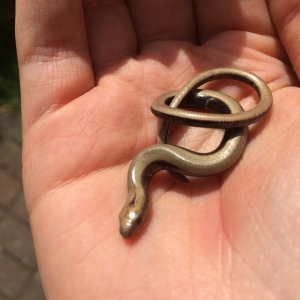
Before I moved to my current place, I had never seen a slow worm, or to give them their other name, flower pot snake (isn’t that charming?). But this area is full of them. They are beguiling creatures and love nooks and crannies to hide in, so providing these as well as some basking spots have proved to be very effective. I made a log pile by my compost heap which should be a nice warm spot for them. As the wood rots down it will also be excellent habitat for insects and can be a good spot for hibernating toads, newts and butterflies as well as the resident reptiles.
I have a bird feeding table currently on the way. I have some feeders attached to the hedge, but the have not attracted much, birds tend to prefer feeding in the open where they can keep a watchful eye out for predators.
I feel like I have learned a lot this year and next year I plan to dig a wildlife pond near my log pile. Ponds are so important if you want to encourage wildlife into your garden, from dragonflies to frogs, toads, newts (if you’re lucky), hedgehogs and even bats will all use this valuable resource.
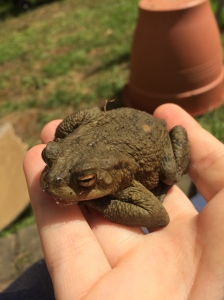
I’ll keep you posted as I will be digging the pond next spring and hoping to revitalise the lawn with some grasses and wildflowers.
Lucy


